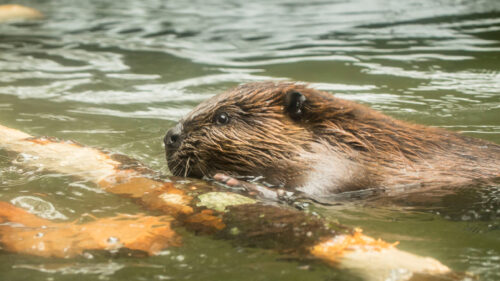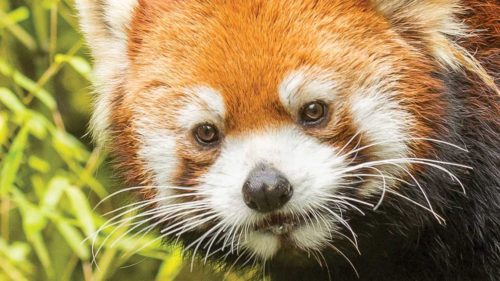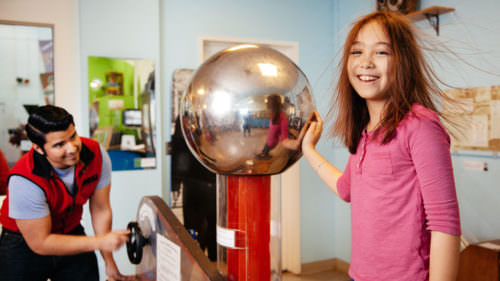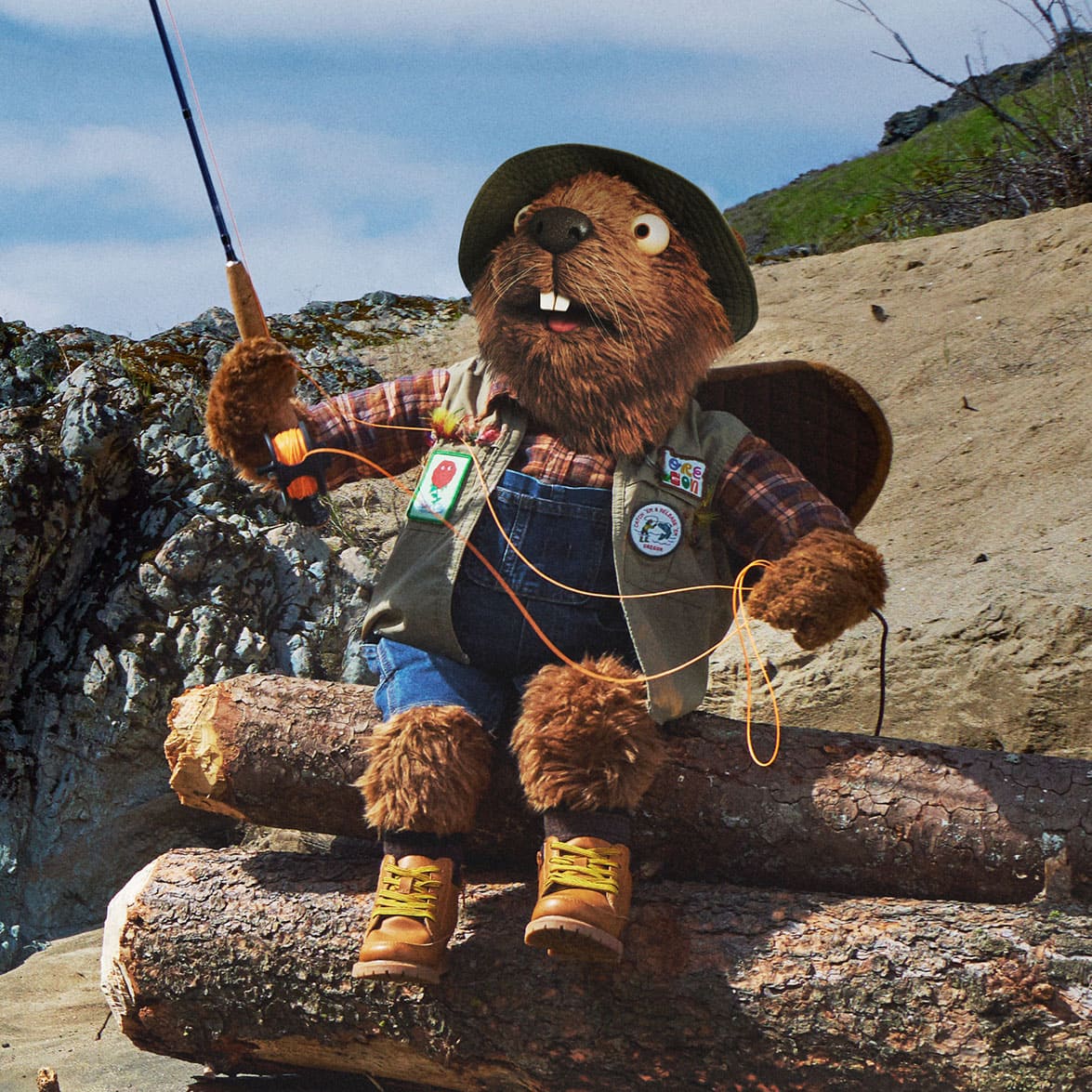In 2022 six California condors were released in Redwood National Park just south of Oregon’s border, marking the first time in more than a century that the birds have flown in Pacific Northwest skies. Four of those condors were born and raised at the Oregon Zoo in Portland as part of an effort to bring back these culturally and ecologically important birds, which were one of the first listed animals when the Endangered Species Act passed 50 years ago, in 1973.
They’re not the only native species the zoo is helping to reestablish. Visitors can see and learn about others — like Oregon silverspot butterflies, northwestern pond turtles and sea otters — at the zoo as well as at sites across Oregon. Here’s a quick introduction to these four remarkable species and where to see them.
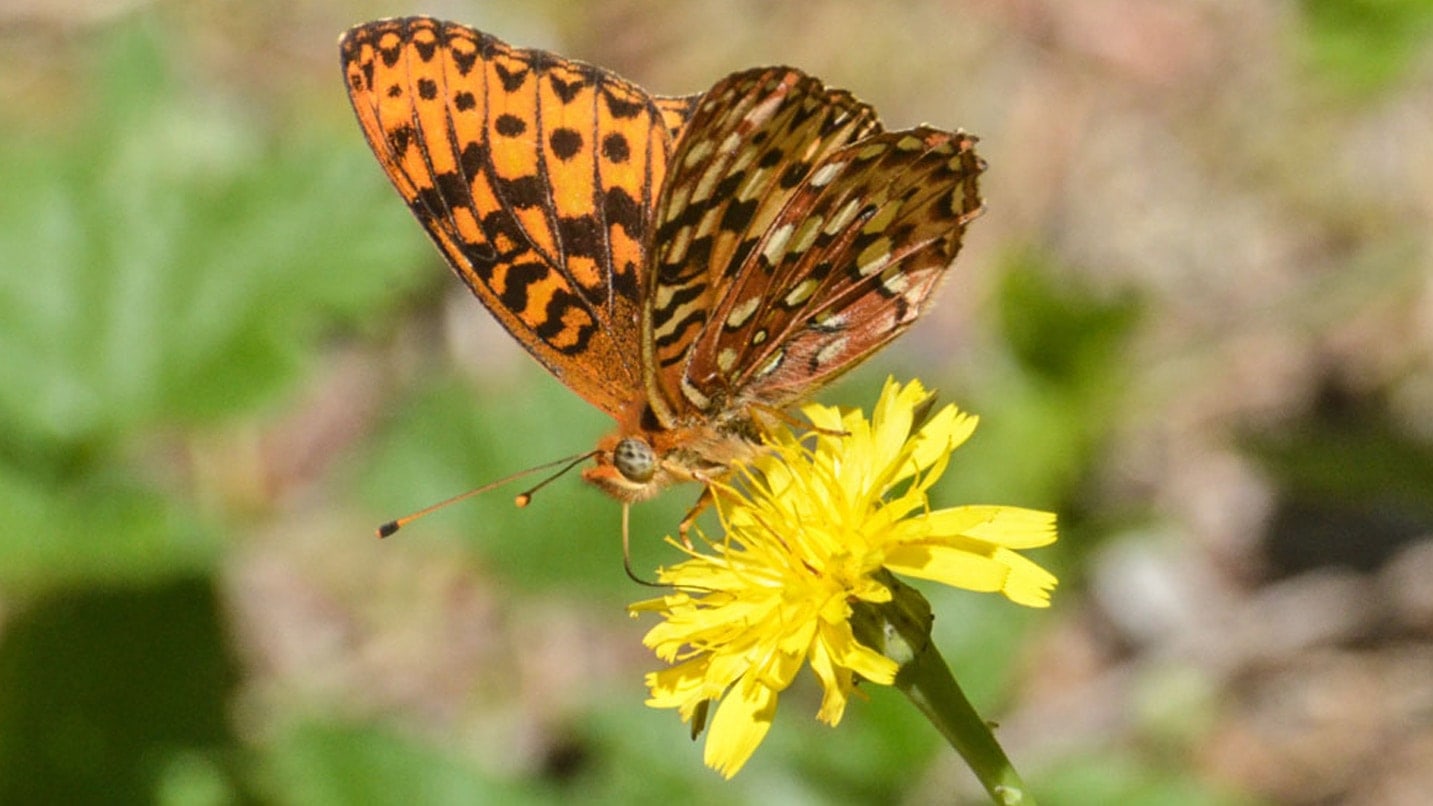
Oregon Silverspot Butterflies
U.S. Fish and Wildlife has partnered with the Oregon Zoo to rear federally threatened Oregon silverspot butterflies after their population crashed in 1998. That happened because the caterpillars’ host plant, early blue violets, have been displaced by development and invasive plants within the butterflies’ coastal prairie habitat.
Every summer biologists collect a few female silverspots and bring them to the zoo to lay eggs. The following year, the zoo releases about 2,000 butterflies at several sites, including Nestucca Bay National Wildlife Refuge just south of Pacific City and Saddle Mountain in the Coast Range east of Seaside. While the zoo’s butterfly lab is not open to the public, visitors can see displays about the process at the zoo’s Nature Exploration Station in the Education Center. There you can learn how to sharpen your naturalist skills and sign up for local classes, workshops and restoration projects.
Observant hikers might spot the medium-size butterflies at Nestucca Bay National Wildlife Refuge along the Two Rivers Nature Trail, a moderate 2.2-mile trail through riparian forest, wildflower-laden meadows and coastal prairies. Look for the rusty-orange butterflies with metallic silver spots on the undersides of their wings. You might also see them flitting among the grasses at Mt. Hebo and Cascade Head Preserve.
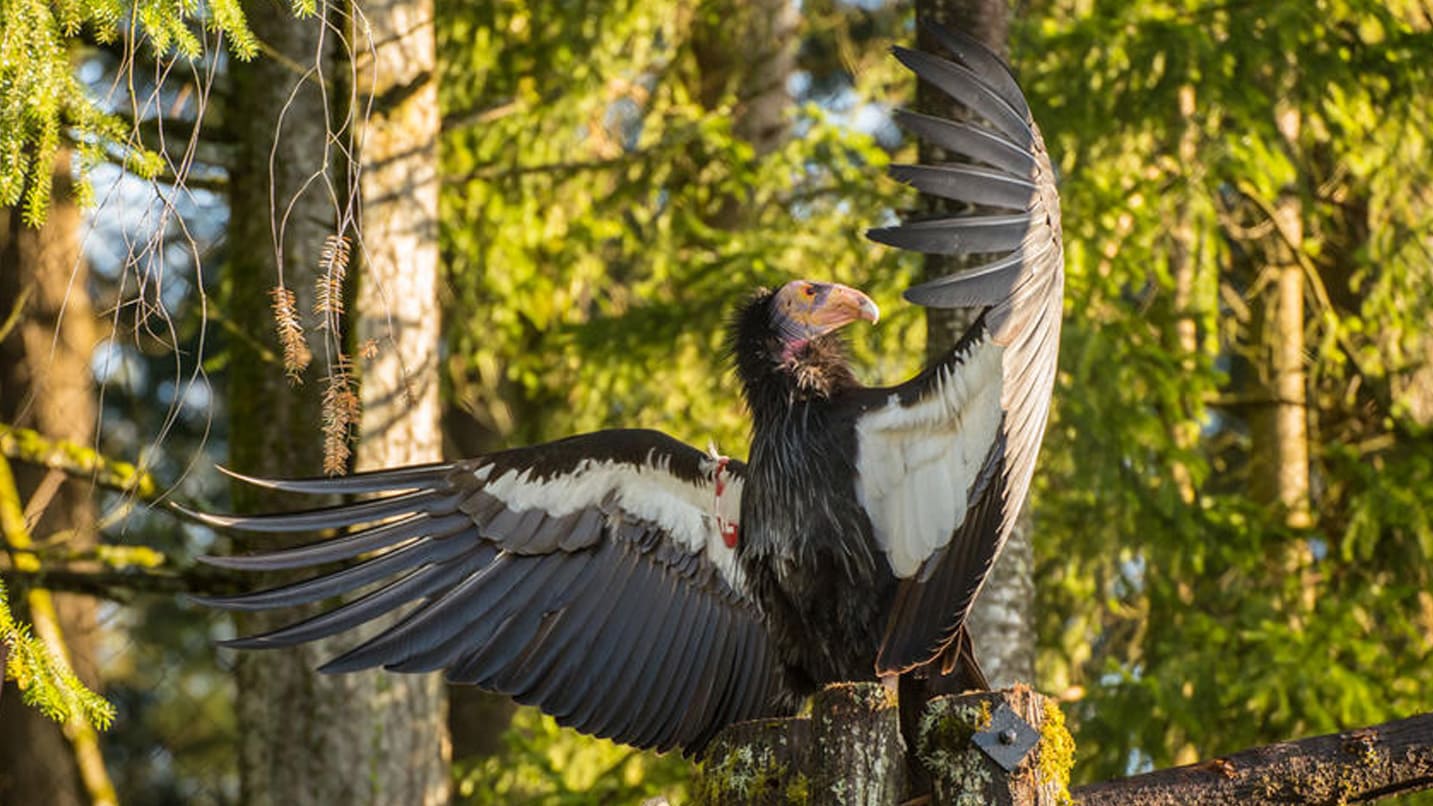
California Condors
The zoo’s off-site Jonsson Center for Wildlife Conservation in rural Clackamas County, which is not open to visitors, is one of four sites nationally where California condor chicks are hatched and reared. Since 2003, around 115 condor chicks have hatched and more than 85 of those birds have been released into the wild.
The federally endangered condor population now totals 500 birds — up from fewer than 30 in 1982. While wild condors don’t currently live in Oregon, they were once plentiful, soaring the updrafts above the Columbia River on 10-foot wingspans or feasting on whale carcasses on ocean beaches.
As their wild population to the south slowly grows, condors are expected to move back into the state within five or six years, says Kelli Walker, who oversees the zoo’s condor-recovery program. In the meantime, visitors can see them at the zoo’s Condors of the Columbia habitat, where two viewing areas give you up-close looks at these enormous birds of prey.
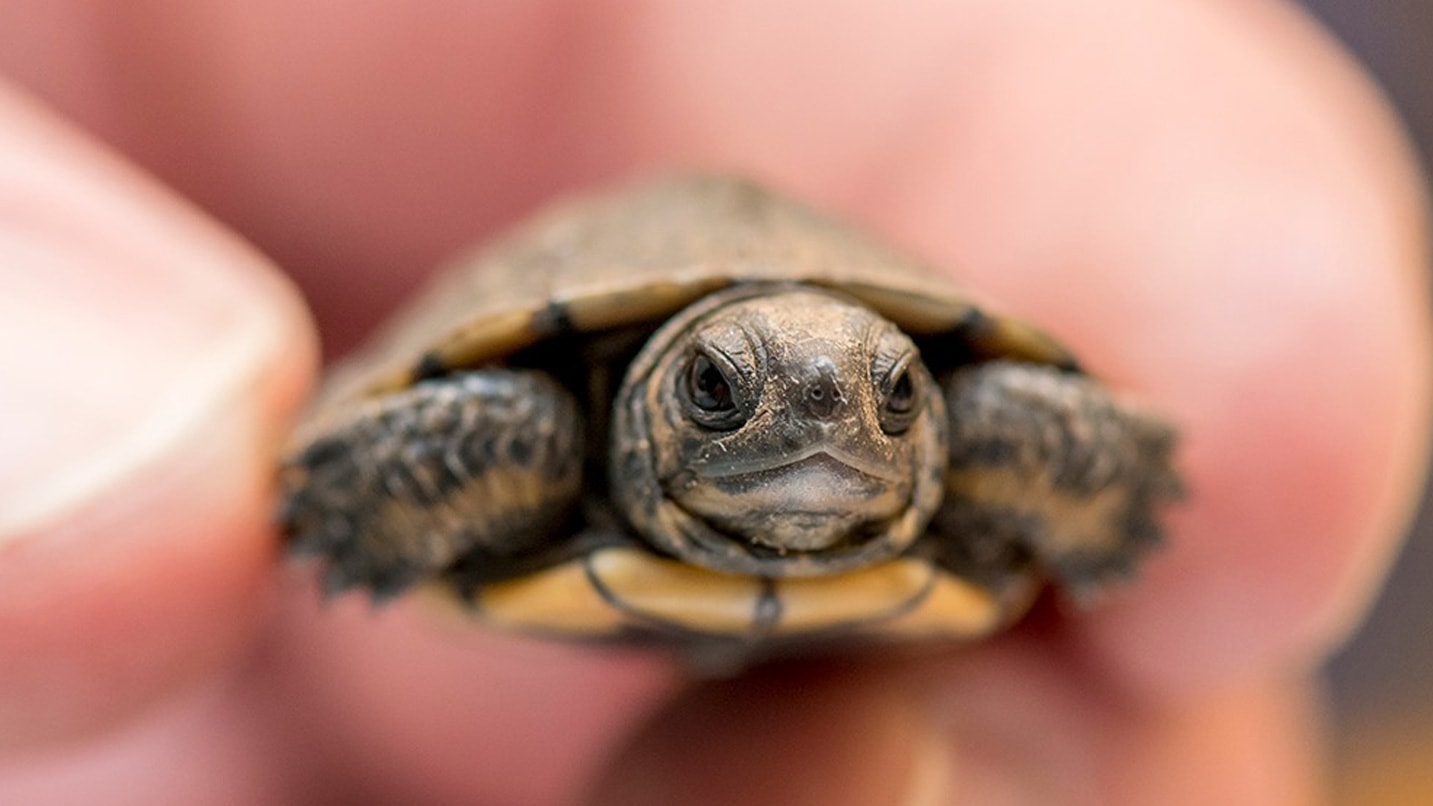
Northwestern Pond Turtles
Few northwestern pond turtle hatchlings survive with non-native American bullfrogs around to eat them. Since 1998 the zoo has worked with wildlife biologists who collect pond turtle eggs in the wild and bring them to the zoo. Once the turtles grow large enough to avoid predation, they’re released to private sites in the Columbia River Gorge. In 1990 fewer than 200 turtles remained. Now the population is around 800.
The turtles aren’t federally endangered, but they’re listed as a sensitive species in Oregon, meaning they face threats to their populations or habitats. Zoo visitors can see them in the Great Northwest area and can observe tiny turtles growing at the Nature Exploration Station. In the wild, they can be spotted basking on logs near ponds, streams and lakes across Oregon. Look for them from the easy trails in the Sandy River Delta, Smith and Bybee Wetlands Natural Area and Scappoose Bay Marine Park.
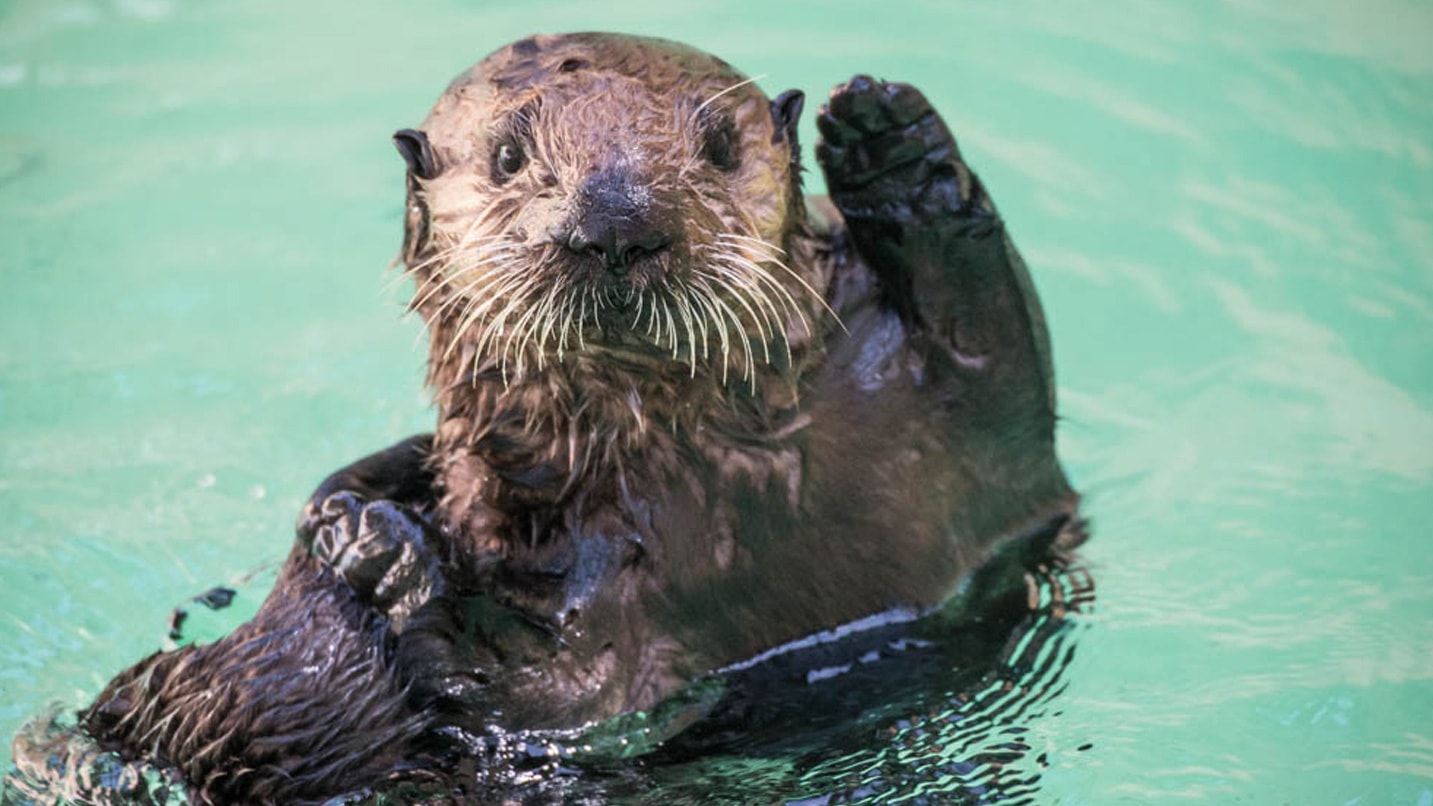
Sea Otters
While river otters are a common sight in Oregon, sea otters have not lived off the Oregon Coast since 1906, when the state’s last-known sea otters were killed for their fur. The only places Oregonians can observe the charismatic marine mammals today are at the zoo or the Oregon Coast Aquarium in Newport. Juno, Lincoln and Uni Sushi are among the Oregon Zoo’s most popular residents, capturing hearts as they float on their backs, dining on crabs and clams in their Pacific Shores habitat.
The zoo is helping to bring sea otters back to Oregon through a partnership with the Elakha Alliance, a nonprofit that’s leading reintroduction efforts. While plans are still in development, the zoo provides funding to the alliance and distributes information to zoo visitors, donors and social media followers about otters’ cultural and ecological importance.
If you Go
- The Oregon Zoo is located in the forested hills of Portland’s Washington Park, and is easily reached by bus or MAX light rail.
- The zoo is accessible for people of all abilities, including people using strollers or wheelchairs. Rental accessibility devices, including wheelchairs, electric scooters, and sensory kits, are available onsite.
- Make a day out of it and check out the many other nearby family-friendly attractions, like the International Rose Test Garden, the Portland Japanese Garden and numerous nearby trails, such as Forest Park’s Wildwood Trail.
- Check out the zoo’s website for more information about daily activities and keeper talks, special events, and how you can support their mission.

